World Toilet Daydrops on 19 November, so what better opportunity todump a few imaginative uses for your poop on you:
1
Transport fuel
Methane is a simple product that can be created from human faeces. The main ingredient in the natural gas that is tapped from the ground before running throughout the national grid, methane heats our homes and cooks our food. But it can also be produced in anaerobic digesters, in which microbes degrade food scraps and other organic material in the absence of oxygen. Methane can even be made straight from sewage.
To prove that ‘not everything we flush goes to waste’, the FirstGroup transport company ranthe first bus in the UK powered by poo. TheBio-Bus– launched in March 2015 – usedbiomethane provided from the GENeco waste recycling and renewable energy facility in Avonmouth. The 41-seater bus ranalong the aptly named number 2 route that links Cribbs Causeway in north Bristol to the south of the city.
The innovative vehicle could run for up to 300 kilometres on one tank (the equivalent of five people’s annual flushes).
Read more:
2
Rocket fuel
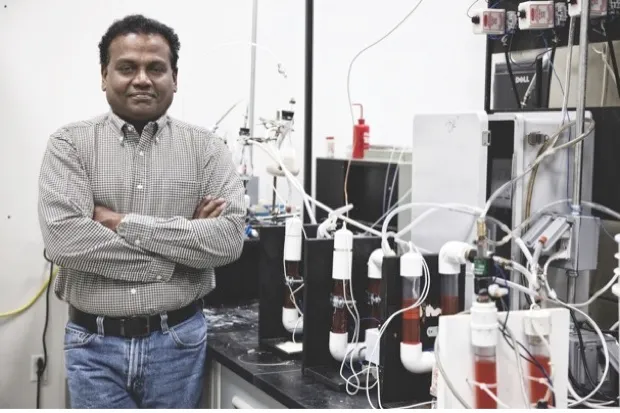
In space, what do you do with your poo? Early astronauts simply bunged their dung in a bag. This proved inadequate, and led to some unfortunate situations. Back in 1969 on NASA’s Apollo 10, Commander Tom Stafford isquoted as saying: “Give me a napkin, quick. There’s a turd floating through the air.”
Modern space loos are more sophisticated, yet they make the same mistake: not putting those turds to good use. Instead, scientists from theUniversity of Floridasuggest that lunar bases could convert faeces into fuel. They came up with a technique that would enable 290 litres of methane to be produced per astronaut per day – enough to power their rocket back to Earth. As a bonus, water from waste could be split into hydrogen and breathable oxygen. “We began working on this idea back in 2002, when NASA wanted us to help them plan for using waste for fertiliser and fuel in a base on Mars,” says Dr Pratap C Pullammanappallil, who worked on the research.
3
Radiation shields
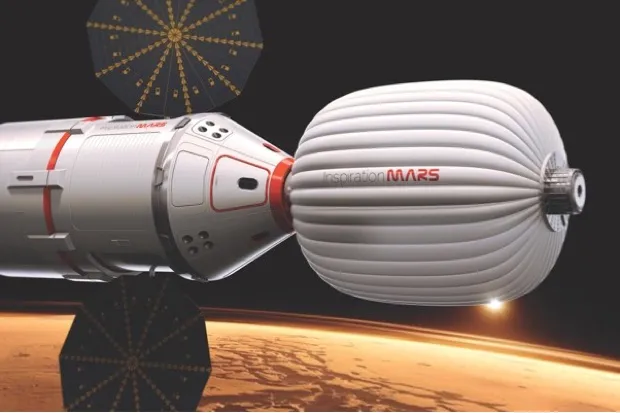
While NASA shelved its plans for a base onMars, and later its intentions for a lunar station, others have not given up on the interplanetary dream of putting humans on other planets.Mars One, for example, aims to send humans to a permanent base on Mars by 2026. Meanwhile, Inspiration Mars – a private venture founded by American Dennis Tito – plans to send adventurers on flyby missions to the Red Planet by 2018.
One of the greatest hazards of interplanetary travel will be cosmic radiation, which is estimated to increase the risk of cancer by 3 per cent. Inspiration Mars’s solution? Line the walls of the space shuttle with water, food, and excrement. Could the power of poo really help us conquer the cosmos? Perhaps Oscar Wilde put it best: “We are all in the gutter, but some of us are looking at the stars.”
4
Pee power
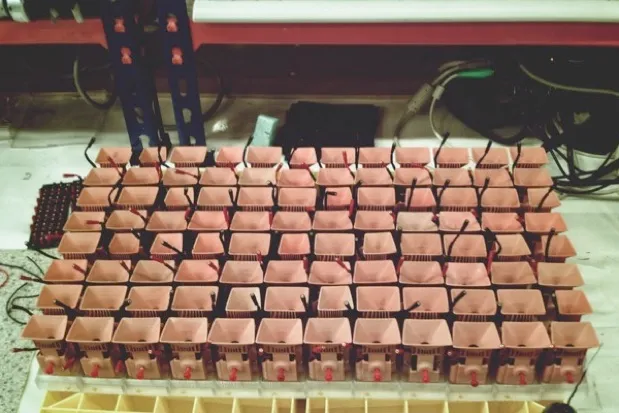
Poo isn’t the only powerful excretion – there is a urinal at the University of the West of England that cangenerate electricity from pee. The unit, which is partly funded by Oxfam, could bring power to off-grid locations such as refugee camps. The urinals contain microbial fuel cells, which are filled with live microbes that feed on urea. The system accesses the biochemical energy the microbes use for growth and converts it to electricity.
“This first step shows we can power lights inside the cubicle,” says Prof Ioannis Ieropoulos, from theBristol BioEnergy Centreat the university. “The next challenge is generating enough electricity to go beyond the urinal.” Their research – which began 13 years ago – did not start with pee. The team initially investigated potential fuels for autonomous robots and examined the electricity that could be produced with various waste materials, such as grass clippings and shrimp shells. “Urine actually proved to be one of the best feedstocks for electricity production,” says Ieropoulos.
5
Poo to plate
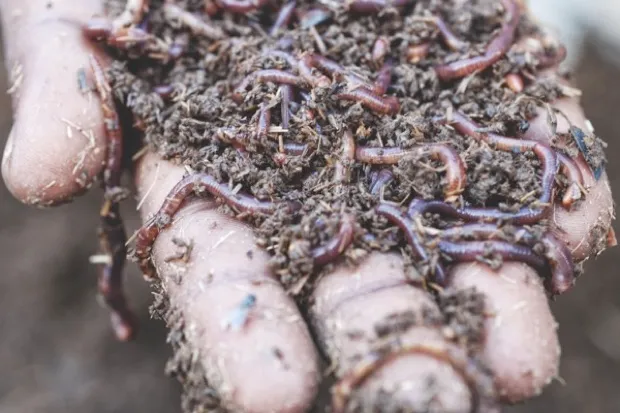
The simplest way to make good use of waste is to use faeces as fertiliser. Throughout history, human waste has been used on fields in nearly every culture on Earth. Today, the thought of using our own excrement to grow food may seem revolting, but the tradition continues in developed countries. For example, roughly 60 per cent of biosolids – the sterilised end-products of wastewater treatment facilities – are spread onto land in the US (usually fallow fields or tree plantations).
In developing countries, however, untreated sewage is frequently taken from open pit latrines and used on farmland. While raw sewage is cheaper than traditional fertilisers, its usage can often lead to increased numbers of microbes and parasites. Thankfully, safer solutions are being devised. One innovative example is theTiger Toilet, which is being developed at the London School of Hygiene & Tropical Medicine. The simple loos are filled with tiger worms that can convert poo to compost in about six months.
6
Hydrogen fuel
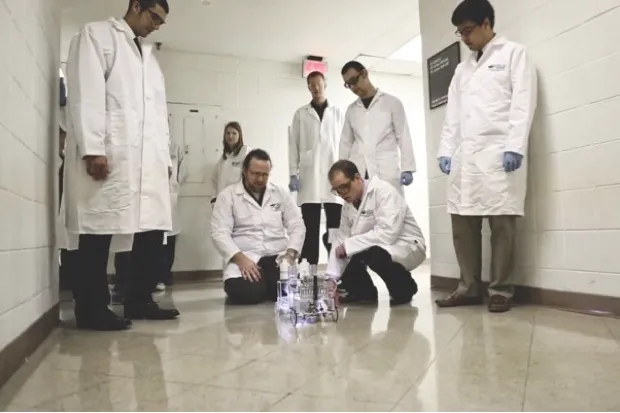
The hydrogen in hydrogen fuel cells is obtained via the electrolysis of water. A current is passed through water to obtain hydrogen and oxygen molecules. Using the same technique, oxygen and hydrogen can be cleaved from ammonia and urea – two of the main compounds in pee. In fact, the process is far more efficient with urine because less energy is required to obtain the substances.
Researchers at the University of Ohio are looking to harness this power in urine to generate electricity from large buildings, such as offices and sports stadiums. Meanwhile, a team at Caltech (another Bill & Melinda Gates Foundation winner) is working on solar-powered urinals with the capacity to generate hydrogen gas that can be stored as a back-up source of energy. One problem: researchers have waxed lyrical over the promise of the hydrogen economy for decades, with few results. Are these hydrogen visionaries just pissing in the wind? Time will tell.
7
Mine for gold
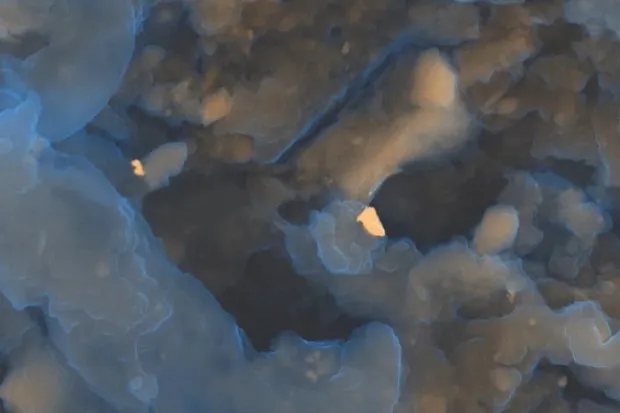
Talk about turning trash to treasure: scientists are looking at ways to extract precious metals – including gold, silver, platinum, copper and titanium – from sewage. What’s more, the amount is far from insubstantial: the waste produced by a million Americans every year could contain as much as $13m worth of metals. According toDr Paul Westerhofffrom Arizona State University, it’s unclear exactly where these metals are coming from because municipal sewage derives from more than just domestic origins. Waste from dentists’ offices is one likely trove because gold and silver is used in dental amalgams, while other potential sources are the cosmetics and personal care products that go down the drains.
But poo could also be serving up the goods: titanium dioxide, for example, is added to many doughnuts. Whatever the source, more research is needed to figure out where the metals are coming from and how to extract them. “If we really can mine $13m per year from a community of a million people, we could not only reduce the cost of treating municipal waste, we could also reduce the need to mine these metals from traditional sources,” says Westerhoff. “By reducing the need for mining, reducing the amount of metals that wind up on land and in forests as biosolids, and extracting something of value that reduces overall treatment costs, it’s a potential big win.”
This all points to a much bigger issue. Just as we now increasingly view paper, plastic and metal waste from households as a resource to be recycled rather than rubbish to be discarded onto landfills, we may need to think of our own excrement in the same way. We could call it urban mining, perhaps? Dr Jeroen Ensink of the London School of Hygiene & Tropical Medicine agreed. “We can only tackle the sanitation problem when we make it a commercial success. Only when you can turn waste into an asset will people start investing in its proper treatment.”
But is it really possible to extract these precious metals from faeces? “I have already told one of my PhD students that she won’t graduate until she gives me a gold ring made in this way,” chuckles Westerhoff.
This extract came fromissue 282ofBBC Focusmagazine- for complete featuressubscribe here.
Read more: